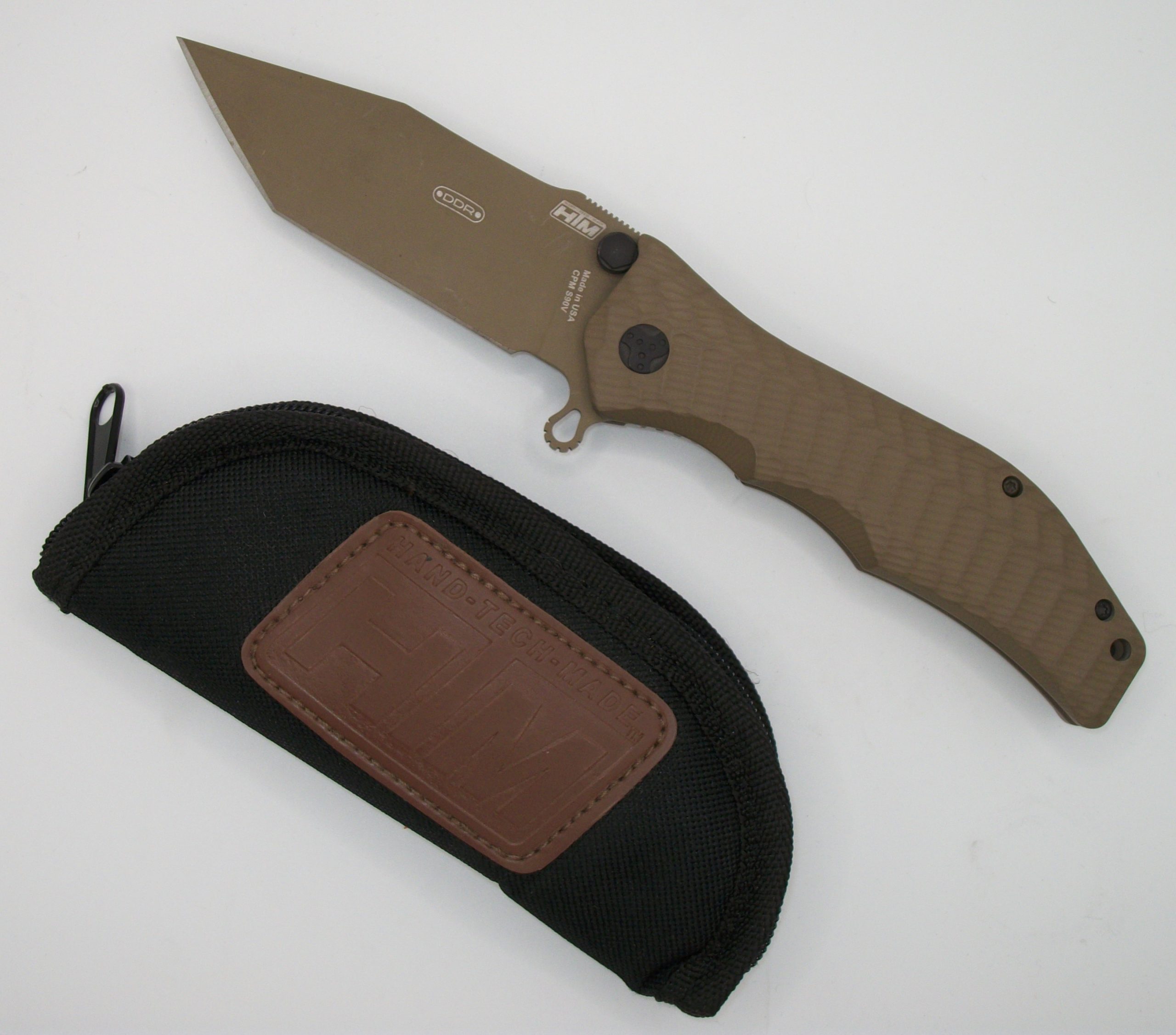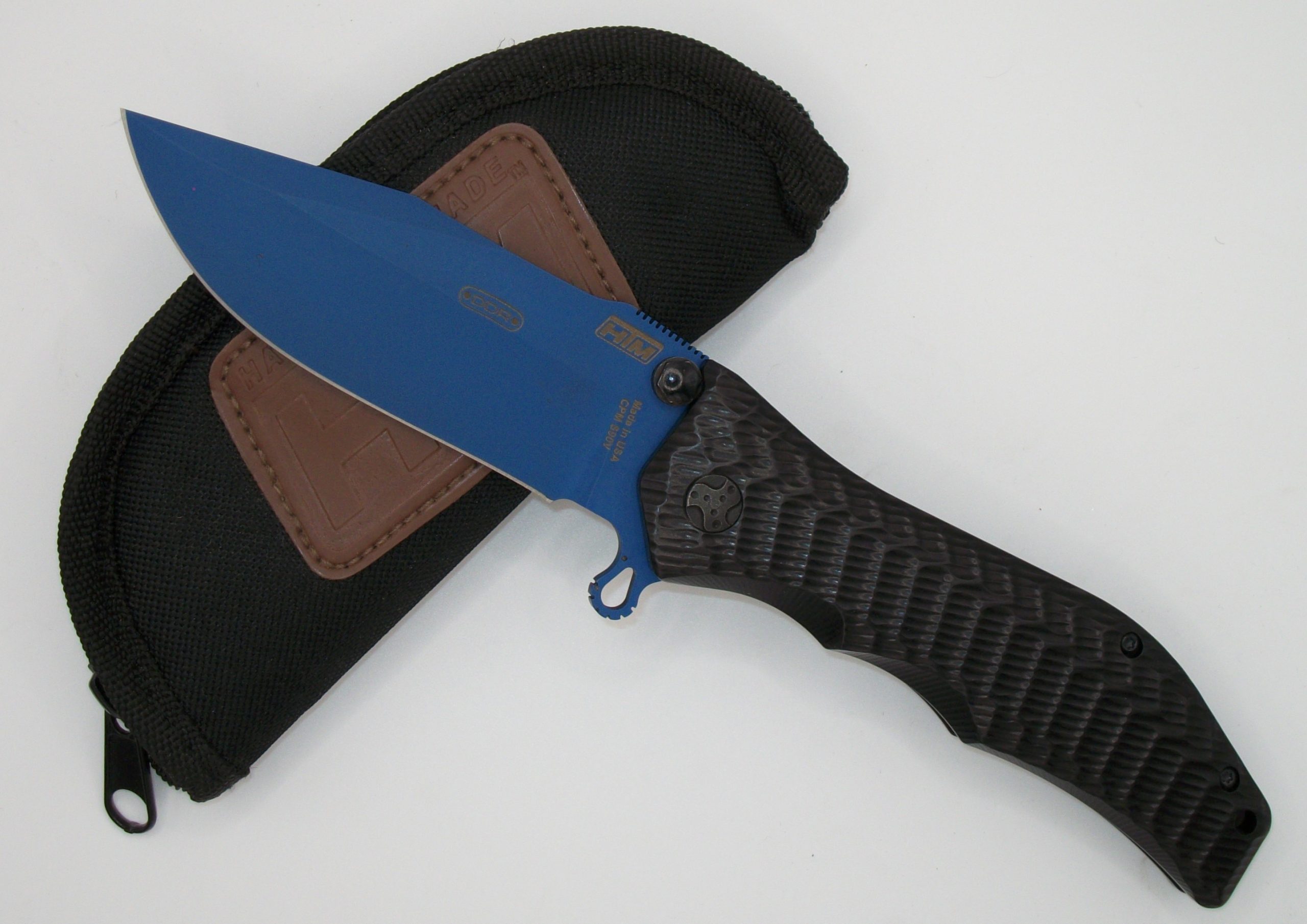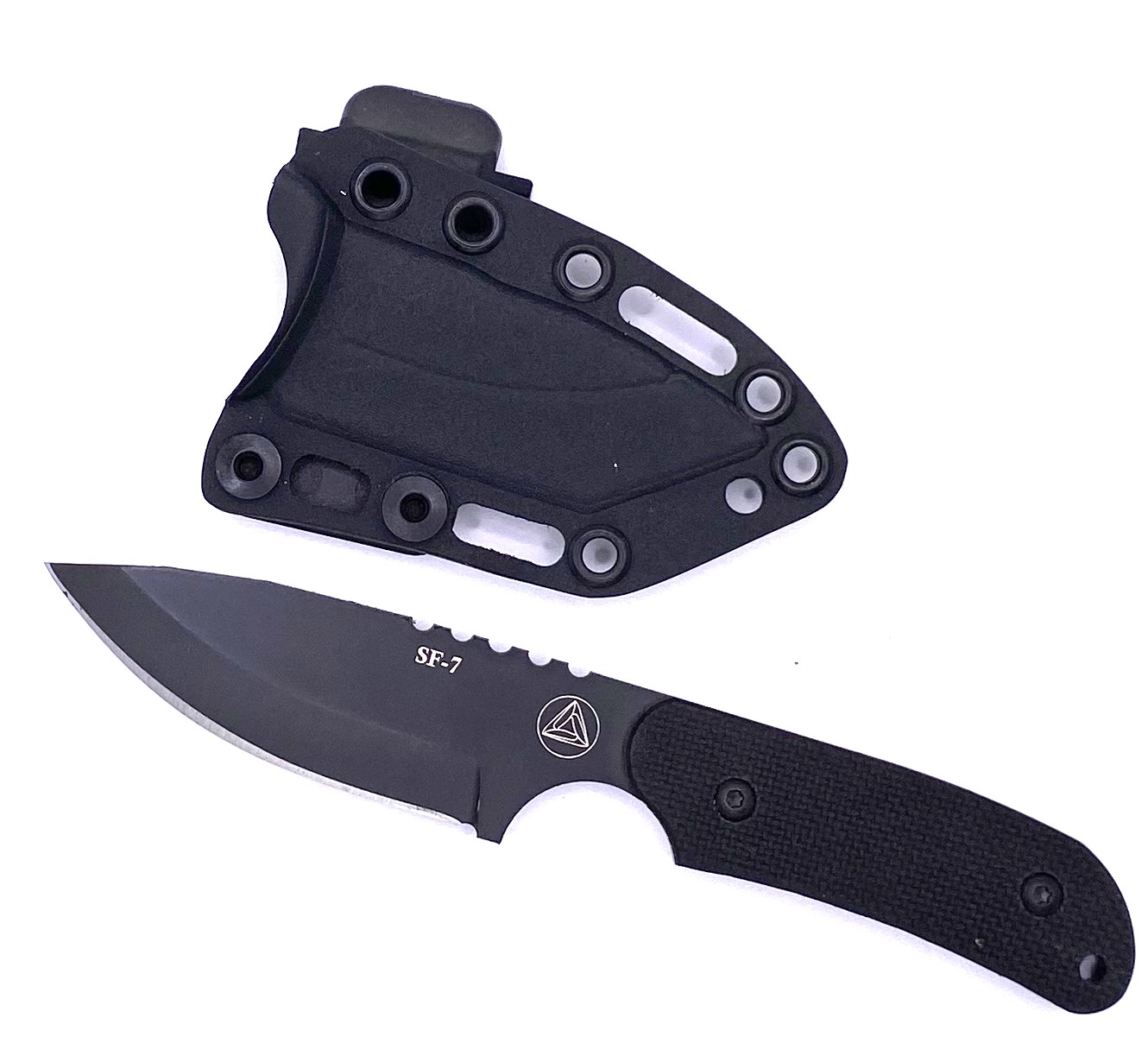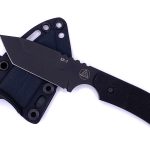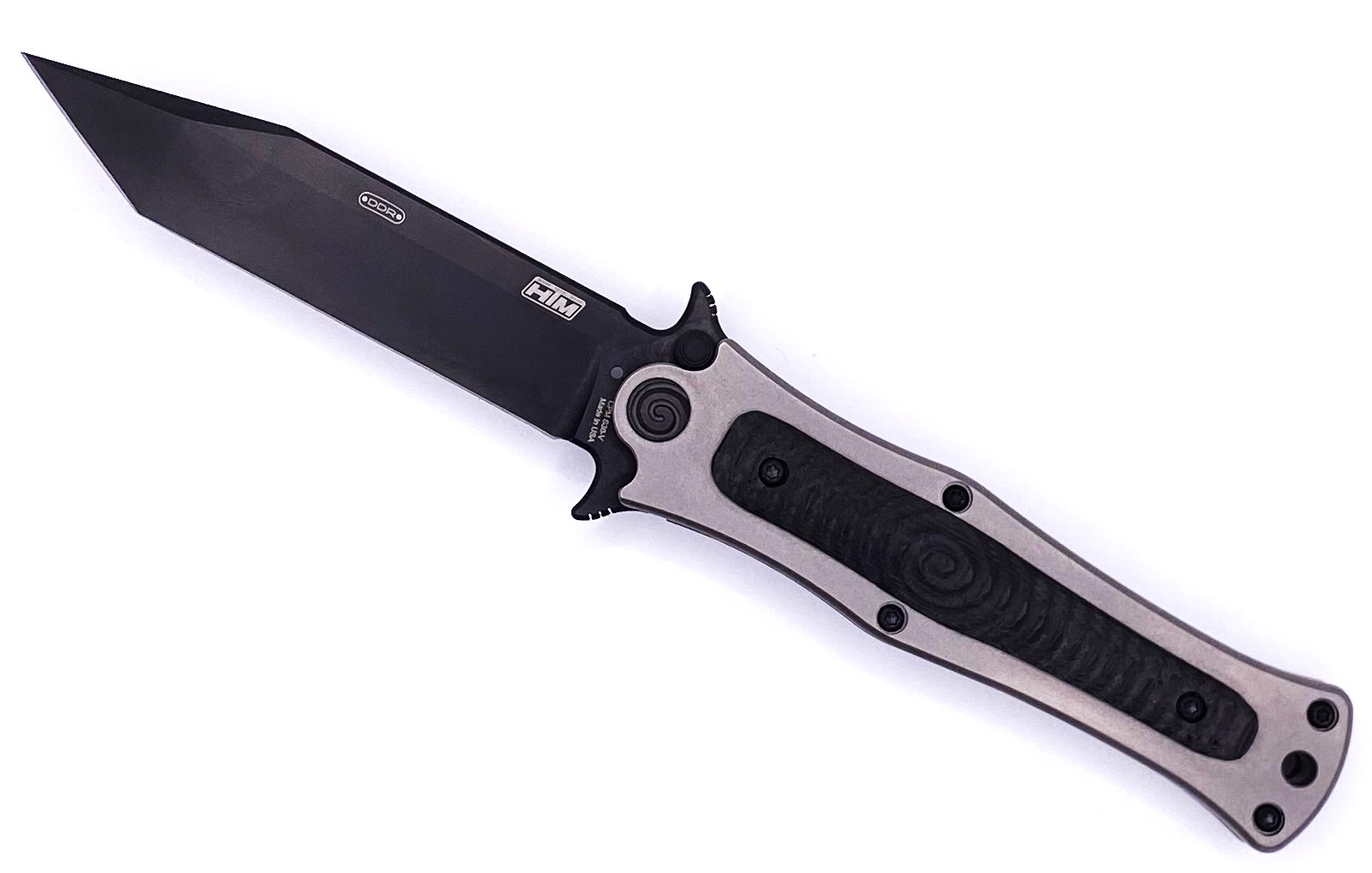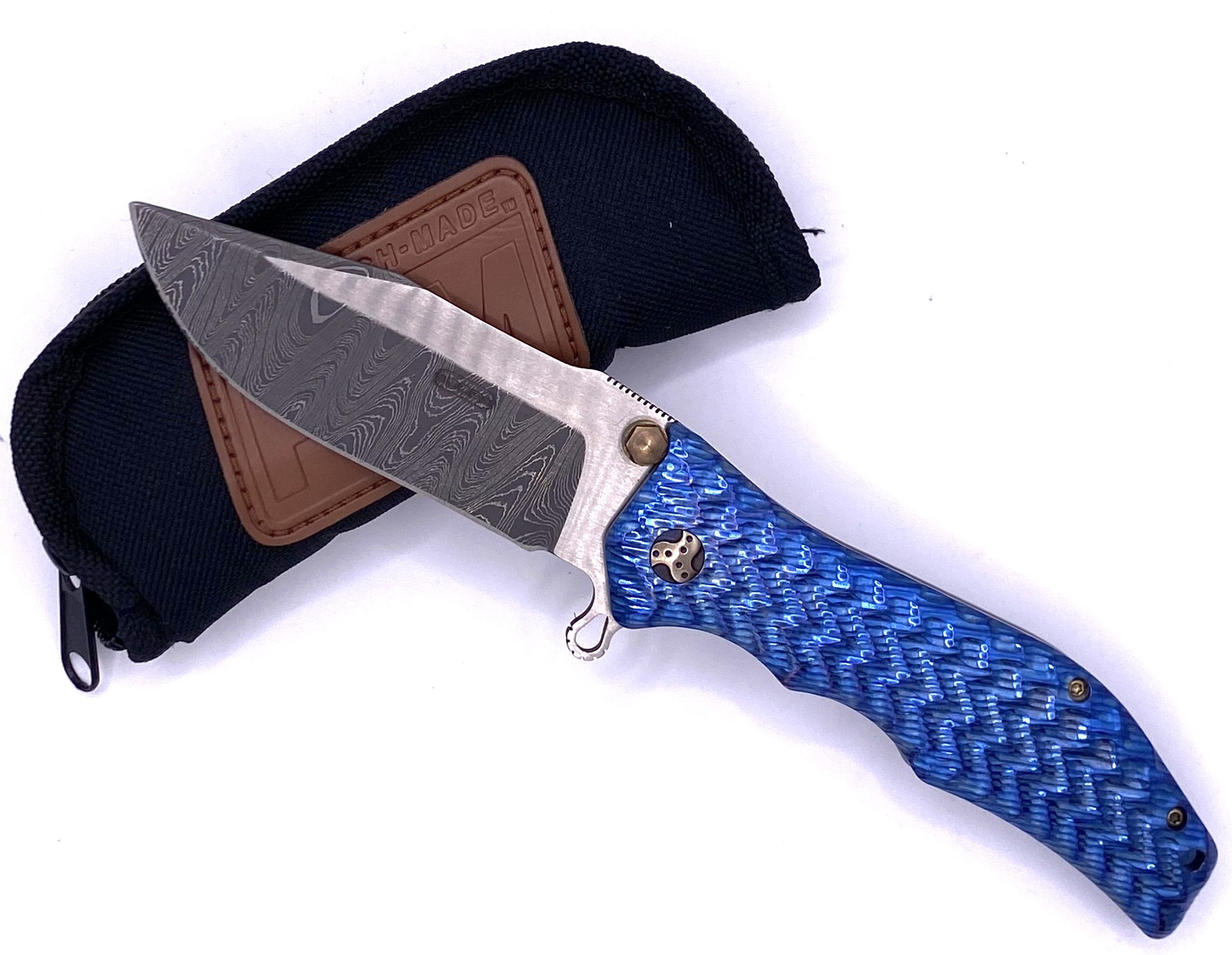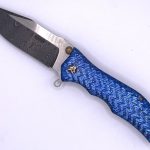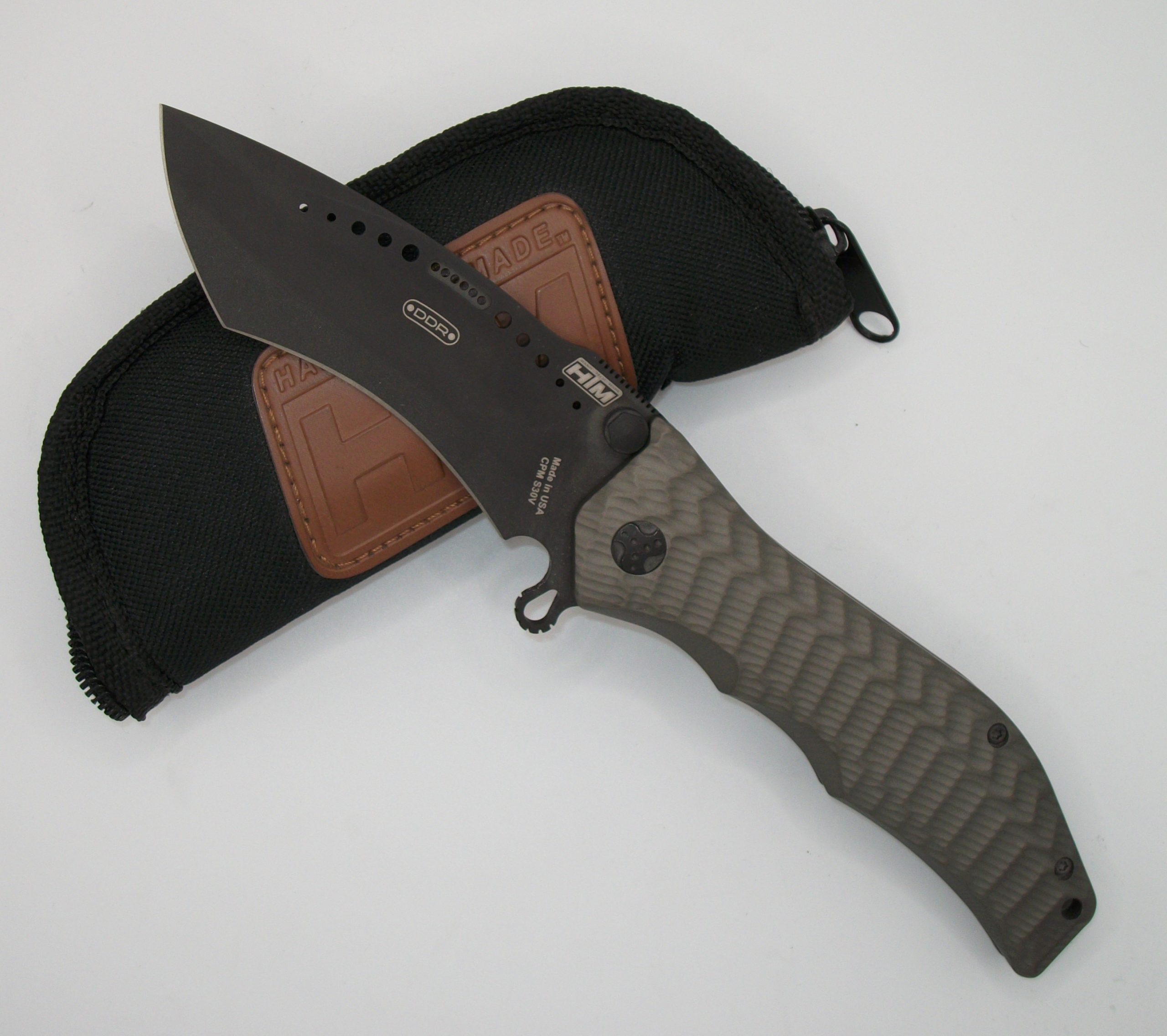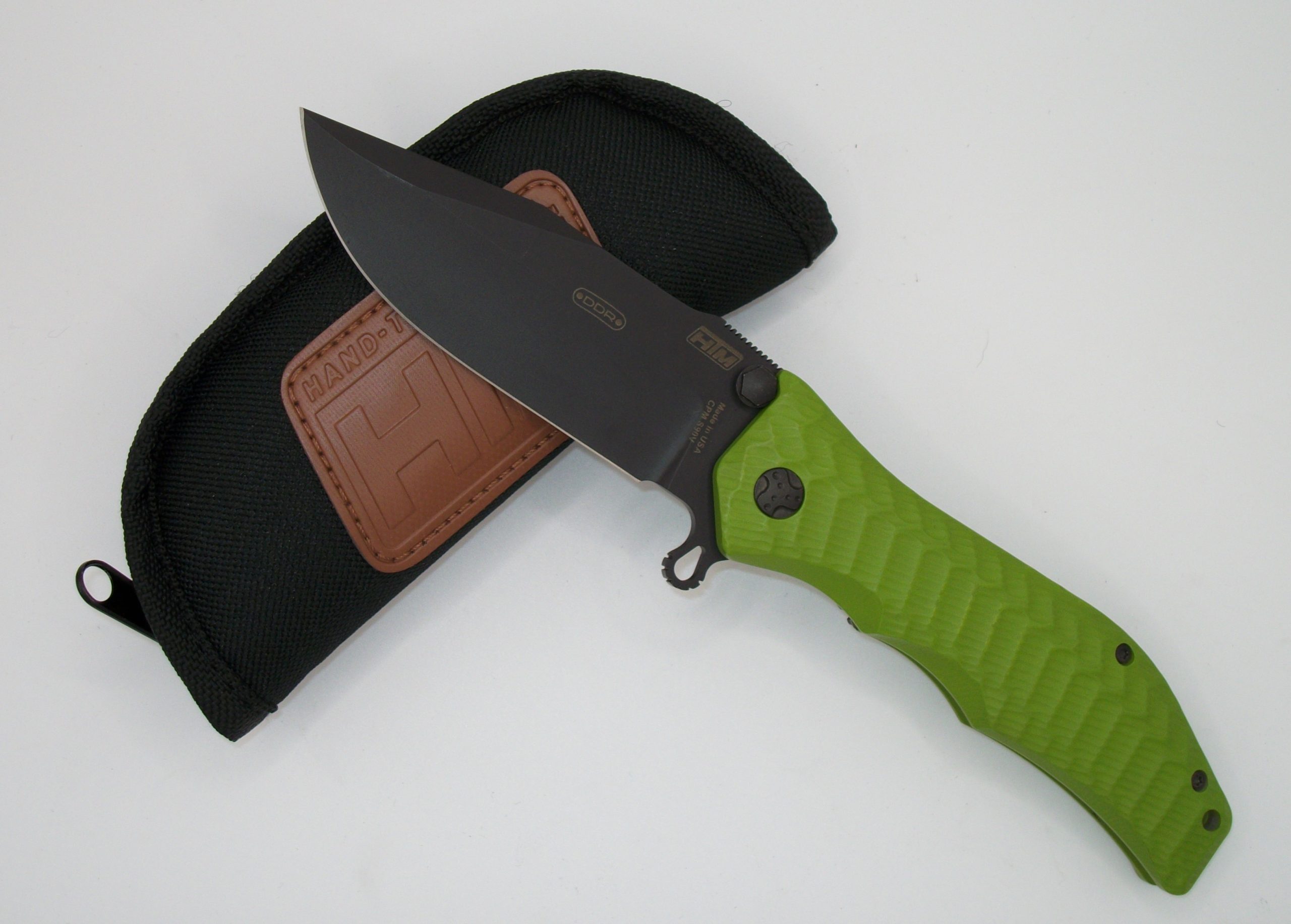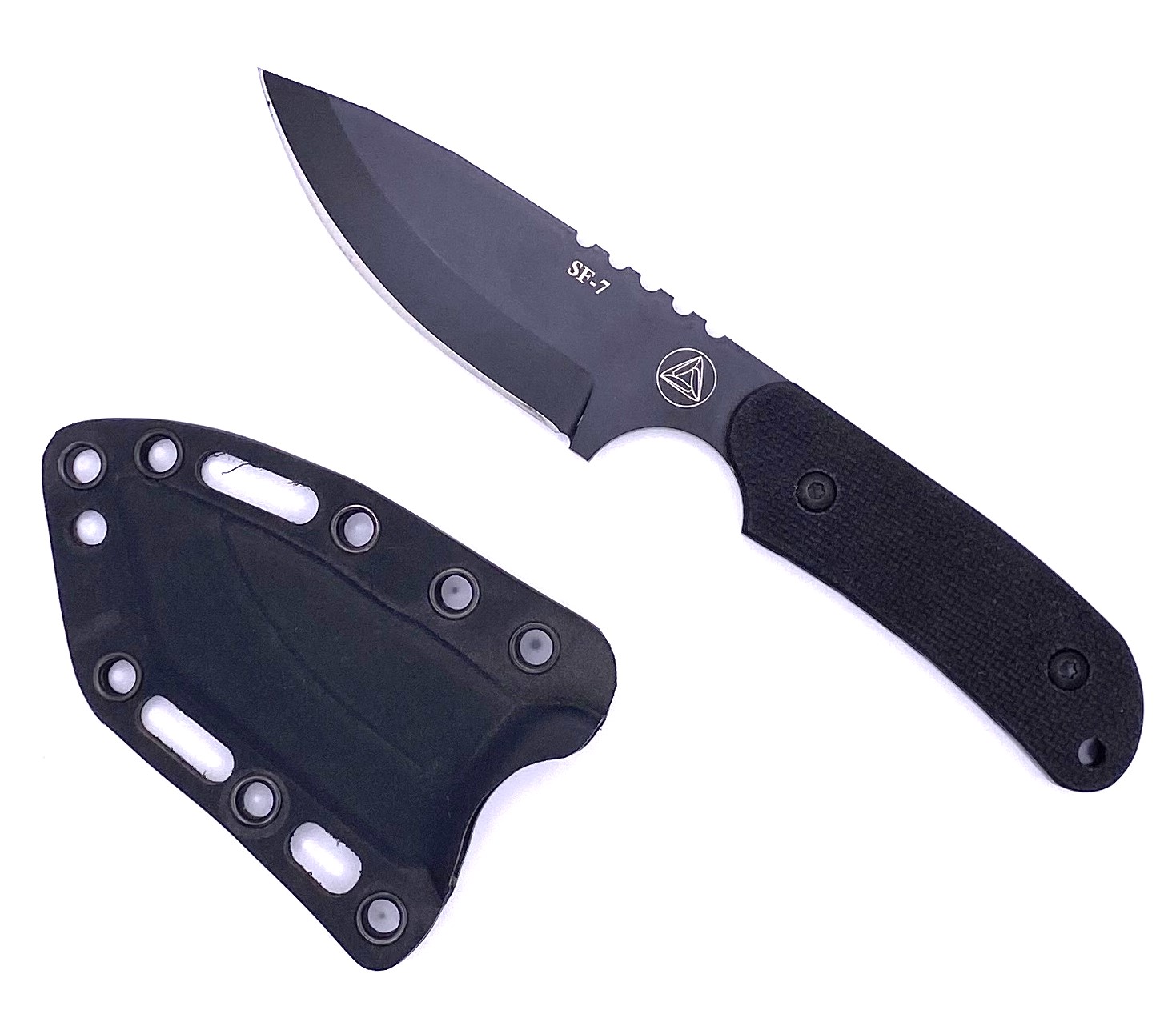
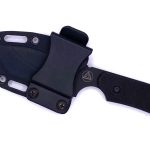
CPM PSF27 is a high-alloy, powder metallurgy tool steel developed by Crucible Industries. It is known for its toughness, wear resistance, and corrosion resistance.
CPM PSF27 is recognized for its excellent toughness, making it well-suited for applications that involve heavy impact or stress. This attribute is particularly valuable in tasks where durability and resistance to chipping are important.
It exhibits good wear resistance, contributing to its ability to retain a sharp edge over extended periods of use. This makes it suitable for applications that involve abrasive materials.
CPM PSF27 contains significant amounts of chromium, which enhances its resistance to corrosion. This makes it more resistant to rust and staining compared to some other tool steels.
The PM process allows for a fine and uniform distribution of carbides in the steel matrix, resulting in improved overall performance, including enhanced wear resistance and toughness.
The combination of toughness and wear resistance contributes to edge stability, allowing the steel to maintain its cutting performance under challenging conditions.
Like many high-alloy tool steels, CPM PSF27 may be more challenging to sharpen compared to simpler steels. The high hardness and wear resistance contribute to this characteristic. Proper sharpening techniques and tools are recommended.
Knives made from CPM PSF27 tend to be more expensive due to the cost of the steel and the challenges associated with the powder metallurgy manufacturing process.
CPM PSF27 may not be as widely available as more common steels, and knives made with this steel may have limited options in the market.
It’s important to note that specific performance characteristics may vary depending on the heat treatment and knife design. Additionally, advancements in metallurgy and steel technology may lead to new developments in the properties of CPM PSF27 or other similar steels.
For the most accurate and up-to-date information on CPM PSF27 or knives using this steel, it is recommended to check with reputable knife manufacturers or suppliers who provide detailed specifications for their products.
